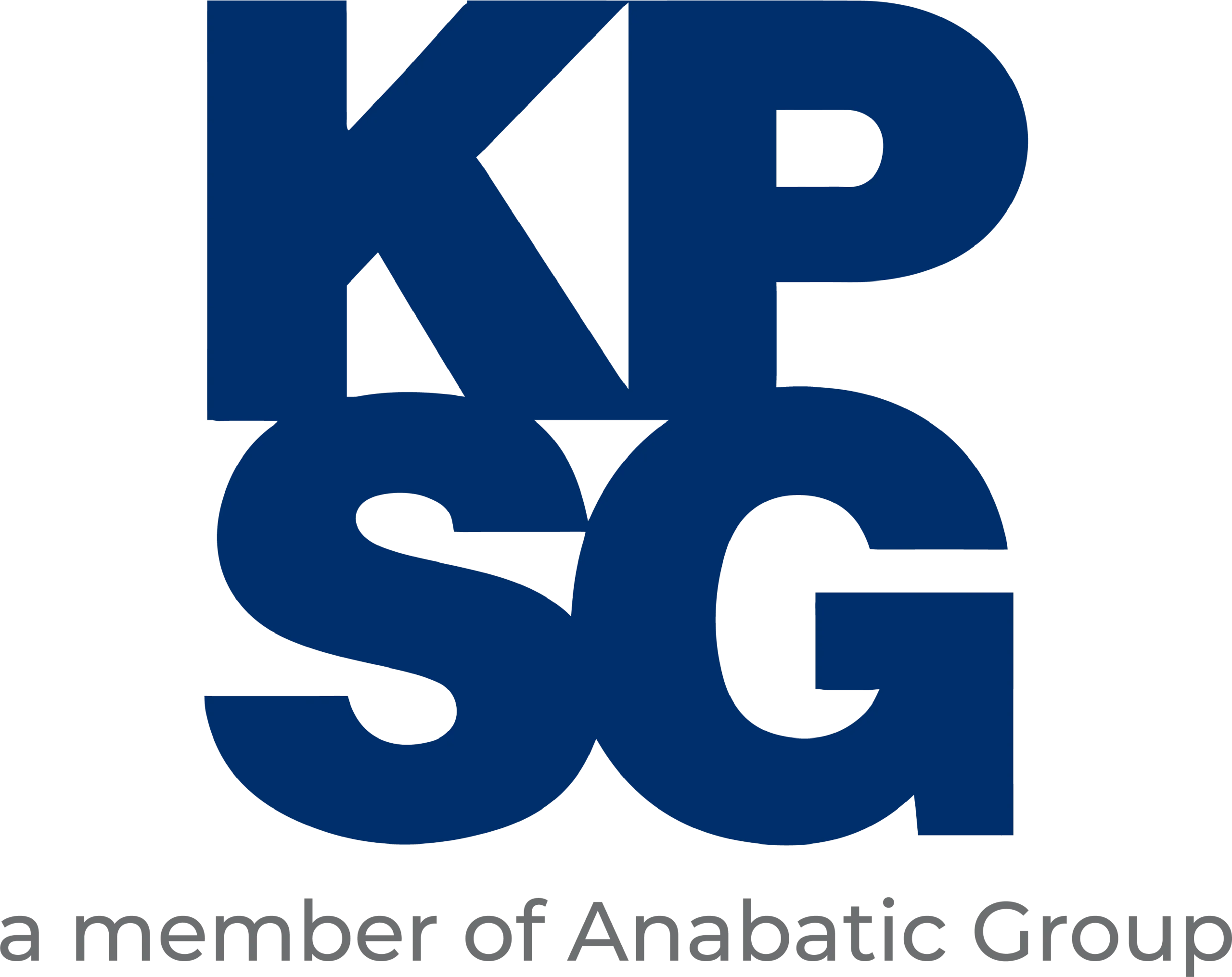A Contact Center plays a much bigger role than simply being a customer service hub. In today’s fast-paced digital business environment, it has become a critical component for driving operational efficiency across the board. When service systems can respond quickly, handle high volumes, and manage customer data in real-time, the entire business process becomes significantly more efficient.
Many companies today face challenges such as disconnected service processes between departments, uneven workloads, and long handling times due to limited access to customer data. These issues not only hinder performance but also affect customer satisfaction and increase operational costs.
An integrated Contact Center addresses these problems by connecting multiple communication channels and backend systems into a centralized service platform.
What Is an Integrated Contact Center?
An integrated Contact Center is a centralized system that unifies all customer interaction channels, from phone calls and emails to live chat and social media, into a single platform. It doesn’t just collect conversations but also connects directly with tools like CRM, knowledge bases, and analytics dashboards.
The goal is to streamline service workflows to be faster, more accurate, and consistent across every touchpoint. This isn’t just about technical efficiency, it’s a critical foundation for enhancing the overall customer experience.
1. Faster Data Access, Shorter Response Times
One of the biggest time-wasters in traditional Contact Centers is scattered data across multiple systems. With integration, all essential information, interaction history, customer preferences, ticket statuses, is available in a single dashboard. Agents can immediately understand the context without asking customers to repeat themselves.
With fast access and full context, services become more efficient. Agents can provide accurate solutions from the very beginning of the conversation, reducing the need for back-and-forth clarification and improving overall response time.
2. Automation for Repetitive Processes
Automation plays a key role in improving efficiency. An integrated Contact Center often comes equipped with features such as:
- Interactive Voice Response (IVR) to screen initial customer needs
- Chatbots to answer basic questions automatically
- Auto-routing to assign tickets to the right agents
- Auto-tagging and ticket classification based on keywords or channels
With these automations, teams are freed from repetitive manual tasks and can focus on more complex requests that directly impact the customer experience.
3. Real-Time Monitoring and Analytics
An efficient Contact Center must provide actionable data. Integrated systems allow supervisors and managers to monitor team performance in real time, including:
- SLA (Service Level Agreement) and response time
- Daily ticket volume and resolution rate
- Workload distribution among agents
- Frequent issues or topics raised by customers
With this data, companies can design targeted training, adjust staffing during peak hours, and fine-tune workflows based on demand patterns.
4. More Efficient Cross-Team Collaboration
In a non-integrated Contact Center, tasks are often duplicated across departments. For instance, Customer Service teams may manually escalate cases to Technical Support, forcing customers to repeat themselves.
With an integrated system, information flows seamlessly across teams. Tickets can be flagged for follow-up by the appropriate unit without leaving the service ecosystem. This streamlined process enhances collaboration, shortens handling times, and prevents customers from feeling passed around.
5. Long-Term Impact on Your Brand
Investing in an integrated Contact Center is not just about today’s efficiency, it’s about building a resilient operational foundation for the future. A strong system leads to:
- More controlled operational costs
- Scalable service structures
- Consistent customer experience across channels
- Continuous insights to refine service strategies
In the long run, these efficiencies translate into improved customer retention, stronger brand reputation, and enhanced competitiveness in the market.
Conclusion
An integrated Contact Center allows businesses to streamline processes, reduce manual workloads, and improve response times without compromising service quality. By combining service channels, interaction data, and automation into one system, businesses can move faster, operate smarter, and adapt more effectively to customer needs.
For brands looking to build a future-ready service system, optimizing the Contact Center is no longer optional, it’s a core part of a sustainable business strategy.
KPSG is your strategic partner in developing an integrated, scalable Contact Center supported by the latest technology. With over three decades of experience and solutions based on CXaaS and BPaaS, we are committed to transforming your customer service operations end to end.
Contact KPSG today to discover how our services can boost your business’s operational efficiency.

